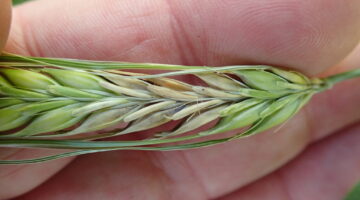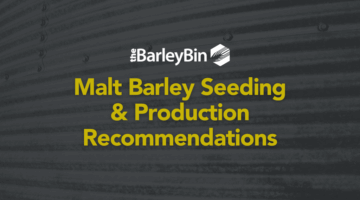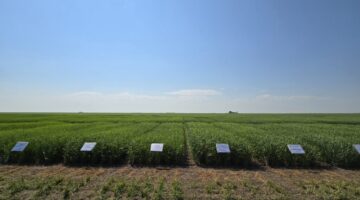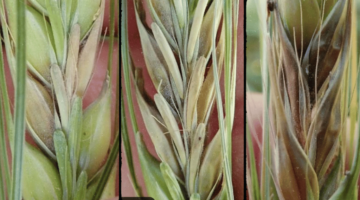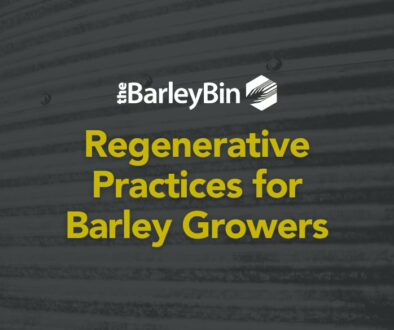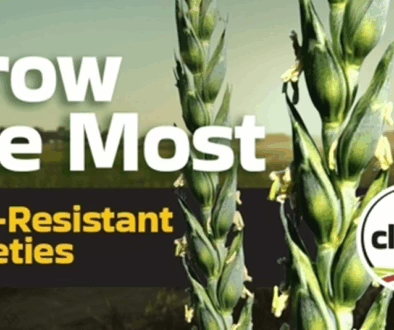Risk maps are just one tool to help manage Fusarium Head Blight
The Prairie Fusarium Head Blight Risk Maps tool should be used alongside field scouting and other management practices for optimal results.
Prairie FHB Risk Map Update for July 2024
The Prairie Fusarium Head Blight (FHB) Risk Map interactive tool provides information on the risk of FHB, fusarium damaged kernel (FDK), and deoxynivalenol (DON) for spring wheat, durum, winter wheat and barley across the agricultural region of the Canadian Prairies.
The new FHB risk maps indicate varying risk levels between crop types, which is expected. For example, the durum and barley maps have been showing a low risk for FHB while spring wheat maps have been showing a higher risk level. These risk levels are contrary to what producers expect, especially for durum, as it is more susceptible to FHB than spring wheat.
Learn how to navigate the FHB risk mapping tool with this extension article and webinar recording.
The risk model algorithms were developed independently of each other and were selected based on their individual statistical accuracy. Significant efforts have been and continue to be made to ensure the risk maps represent risk accurately for different cereal crops and regions of the prairies. The risk maps are based on air temperature, humidity, and precipitation levels reported at weather stations. Each algorithm uses different weather parameters, including air temperature, humidity, and precipitation levels reported at weather stations. As a result, the risk level determined at a given location and a given day can vary between the different models for each crop and risk type.
For instance, FHBi risk was best predicted in durum when humidity is above 80% and temperature is between 15-30°C. For barley, the selected parameters are rainfall and temperature between 25-28 °C. While spring wheat risk is based on maximum relative humidity and temperature. The algorithms selected for each crop best represented the risk to that crop over the past five years.
It is important to note that if your field is irrigated, the risk level displayed on this map may not be representative for your field. The FHB risk level on irrigated fields is normally higher than that shown on this map because the weather data input does not account for irrigation practices that have an influence on parameters that influence
fusarium.
Until the start of July 2024, we did not have many hours that met both conditions to hit the high-risk thresholds for the maps for durum and barley.
This reinforces that the FHB risk maps are a tool that should be used in conjunction with daily field scouting, field history, crop rotation, crop stage, economics and the producers’ own individual risk tolerance.

If you want to discuss the maps further, please contact our Research & Extension Manager, Mitchell Japp or pathologist Alireza Akhavan with the Saskatchewan Ministry of Agriculture.
Want more FHB resources?
1. Check out this list of Disease Management Resources to help answer your questions about FHB.
2. Learn more about FHB from Dr. Kelly Turkington, AAFC in this episode of the BarleyBin Podcast
3. Learn how to navigate the new Prairie-Wide FHB Risk Mapping tool with this article and webinar.

